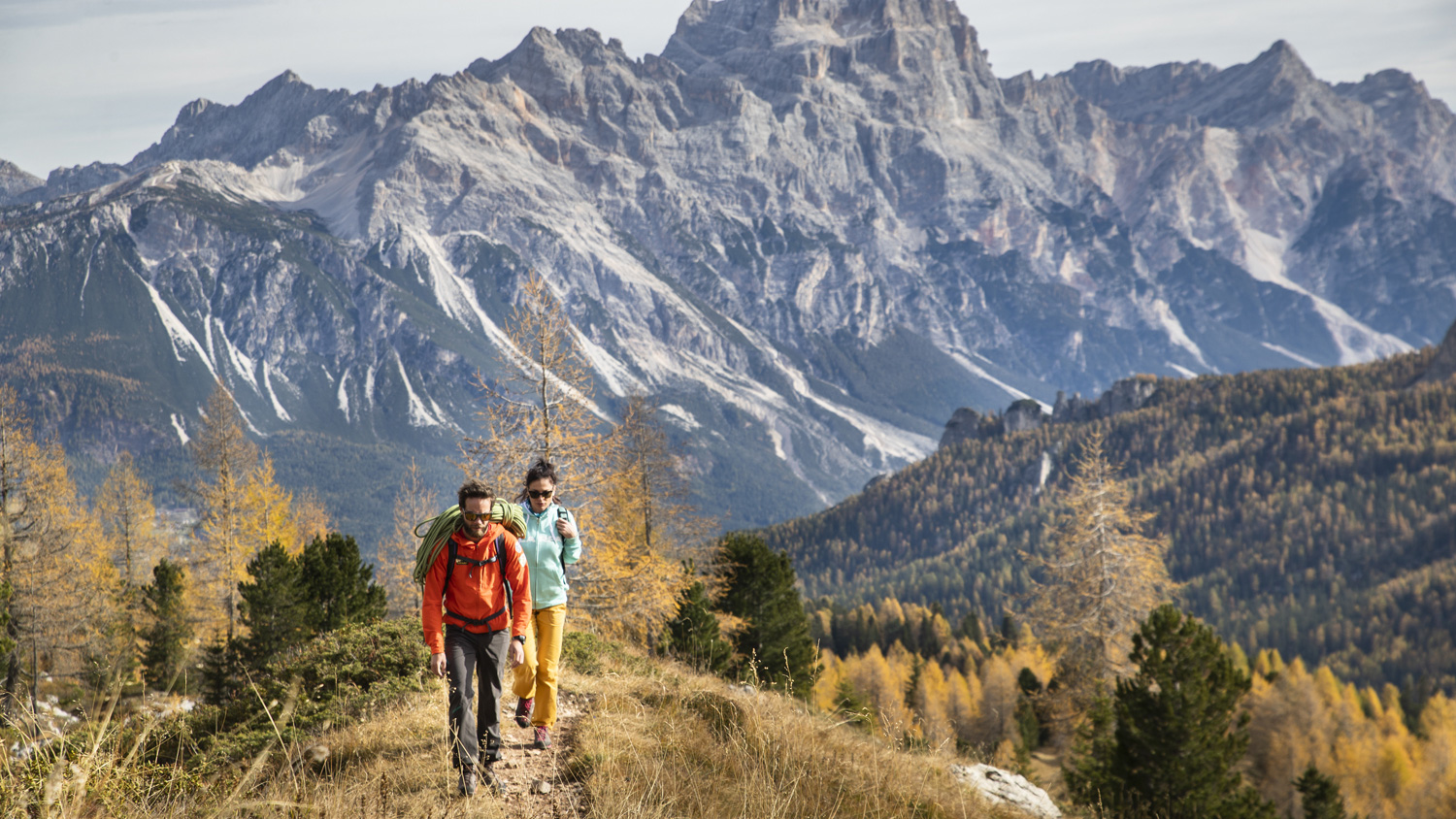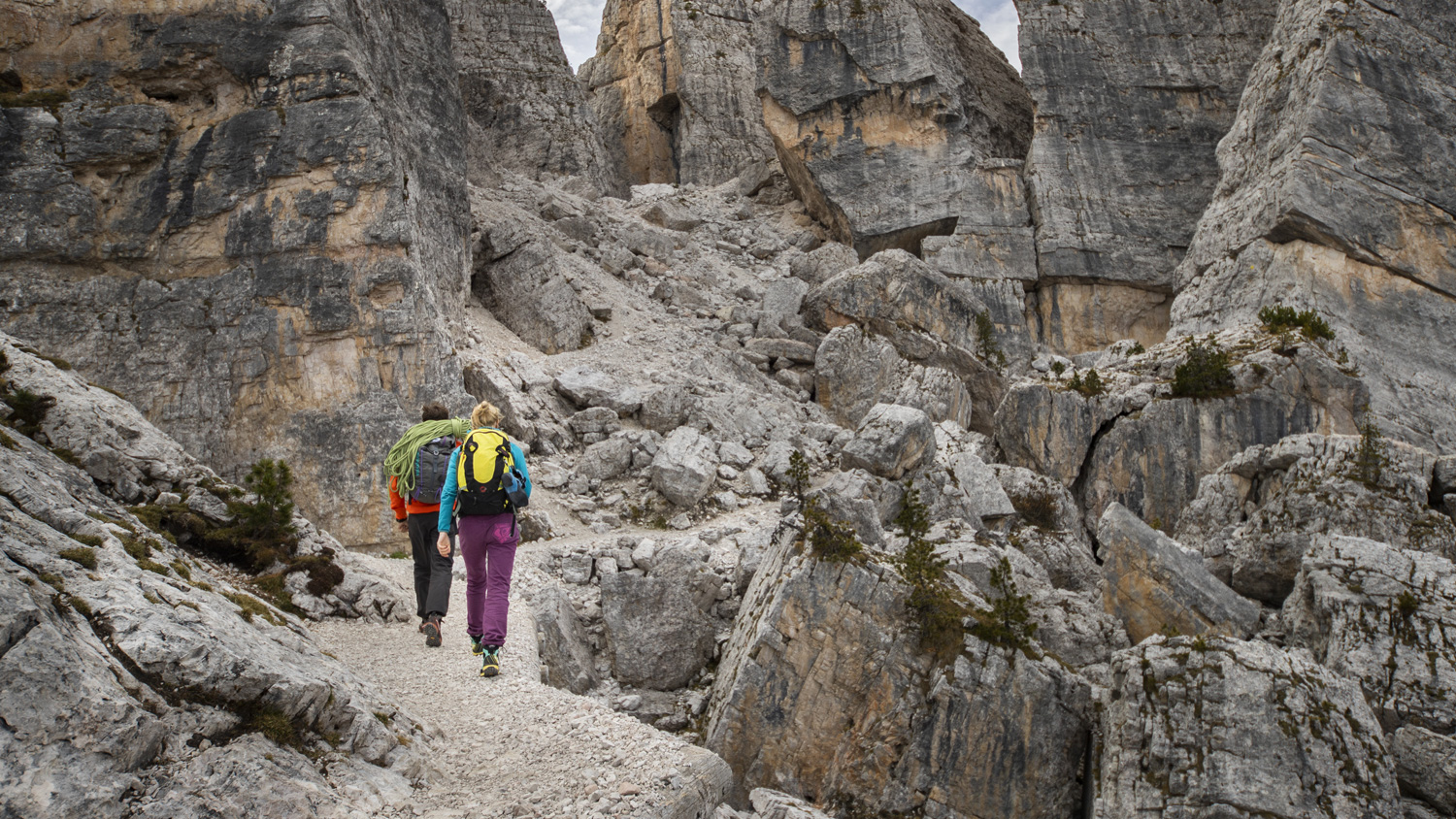What are approach shoes? And how are they different from walking shoes?
Approach shoes are rugged, versatile outdoor shoes that go the extra (vertical) mile. Not sure if you need a pair? Here's a guide to what they're good for

Approach shoes have a confusing name, which seems pose more questions than are strictly necessary. What are we approaching? And what do we do when we get there? Despite this, and their association with rock climbers, this style of outdoor footwear has some profoundly useful features if your trekking or hiking route contains any kind of challenging, rocky terrain.
While for most hikes you won't go wrong with a pair of the best hiking boots, scrambling up boulder-strewn hillsides or traversing across white-knuckle ridgelines can feel a hell of a lot more secure if you sub in a pair of approach shoes. Read on to find out why this is, what you can use approach shoes for, and how they differ from today's best walking shoes.
- Browse the best women's hiking boots
- ... and the best women's walking shoes too
What are approach shoes?
Before they can scale any cliffs, rock climbers have to negotiate the walks in, loaded up with ropes and gear, and often over steep rocky terrain. Traditional walking boots are hardwearing but the rubber on the soles isn't designed to grip on rocky scrambles.
So, some bright spark realised that if you soled trail shoes in the same soft, super-grippy rubber as rock climber's climbing shoes, then you'd have a hybrid that would be at home when the trail gets technical. The approach shoe was born, and has become a mainstay not just for climbers, but for anyone who wants to travel across rugged terrain, or try a spot of scrambling.

What are approach shoes used for?
Many adventurous trails demand more from your footwear, particularly at altitude. In mountainous areas, paths often head directly into boulder fields, or slopes of loose scree – this is ideal approach shoe terrain, because they are made to give you surer footing on rocky ground.
Because of this, they are usually a lighter weight, more nimble offering than traditional leather hiking boots, which makes them a great spring and summer option (although some waterproof versions are now becoming available.)
Approach shoes and scrambling go together like jam and toast. If your route involves as graded scramble or high ridge traverse, then you should consider leaving your walking shoes behind and investing in a pair of these. That exposed feeling of picking your way across a knife-edge of rock, with a dizzying drop next to you is so much more manageable when you can trust your feet!
Get all the latest news, reviews, deals and buying guides on gorgeous tech, home and active products from the T3 experts
And if you're thinking of trying rock climbing (and you should), then packing approach shoes means you won't be 'that' person who has to gingerly pick their way through a boulder field in boots that might slip at any moment.
How are approach shoes different to walking shoes?
I've already talked about the rubber soles, which are softer and stickier, but there are some other significant differences between approach shoes and regular trail shoes, or hiking boots. Approach shoes are stiffer along their length to allow 'edging', or placing the toe and inside edges of the soles into cracks and footholds on boulders. They often have a rubber rand around the toes and side of the shoe to provide extra grip when you jam the shoe into cracks or between boulders.
Approach shoes are still designed to be durable, but they have traded some longevity for manoeuvrability, so the soles may wear quicker. Most have fairly shallow lugs too, which means that there is more surface area of rubber on the rock, supercharging their grip, but they may struggle in very muddy conditions.

What are the best approach shoe brands?
Unsurprisingly, the best approach shoe brands also make great rock climbing shoes. From personal experience I would recommend Scarpa and La Sportiva as top of the tree. Their rosters of pro climbers, from Alex Honnold to Nina Williams, have tested their approach shoes to destruction. (Here's my Scarpa Mescalito review, for a closer look at one of my absolute favourites.)
But there are plenty of other heavy-hitting approach shoe brands to choose from, including Black Diamond, Arc'Teryx, Garmont and Mammut. Whichever you pick, you're going to enjoy being the most sure-footed trail hound around!
Browse the ranges as trusted brands and retailers below:
- Arc'teryx
- Black Diamond
- Garmont
- Mammut
- Scarpa
- La Sportiva
- Retailer: Ellis Brigham
- Retailer: Cotswold Outdoor
How should approach shoes fit?
The last thing you want your feet to do in a pair of approach shoes, is slip as you clamber over a boulder. That would undo all the traction in the rubber sole, so make sure your heel is locked, your midfoot is held, as if gently by a hand, and there isn't too much room around your toes.
Some outdoor stores have sloped boxes to walk up, and test this, because it's hard to do on flat ground. All that said, you don't want approach shoes that are too tight to be comfortable enough to walk in for hours. If you think you're going to need more ankle support than the typical low-cut approach shoe provides, then seek out a model that has a mid-cut alternative – there are several options out there.
How to clean approach shoes
Many approach shoes have nubuck or technical suede uppers, to maximise breathability, so it's not recommended to just bung them in the washing machine with some laundry detergent, like you might do with regular trainers.
Instead, reach for a brush and a specialist spray on footwear cleaner, which will help you gently remove dirt, re-fresh any water repelling treatment and restore breathability. Grangers Footwear & Gear Cleaner, is a good, Blue Sign-approved spray that won't pollute beaches when you rinse off your brushes.
If you're dealing with dried-on mud then remove the laces and use a dry brush to get the worst of the dirt off, then spray on the footwear cleaner and finish the job. Once you're done, you can add water-based re-proofer to help the upper recover some of its muck-repelling properties.

Matt Ray is an outdoor journalist and photographer whose work appears in magazines and websites, including RedBull.com, Men’s Fitness and Nat Geo Traveller. He can find an adventure anywhere, from racing a mountain bike down a ski slope, to climbing under bridges in Edinburgh.
